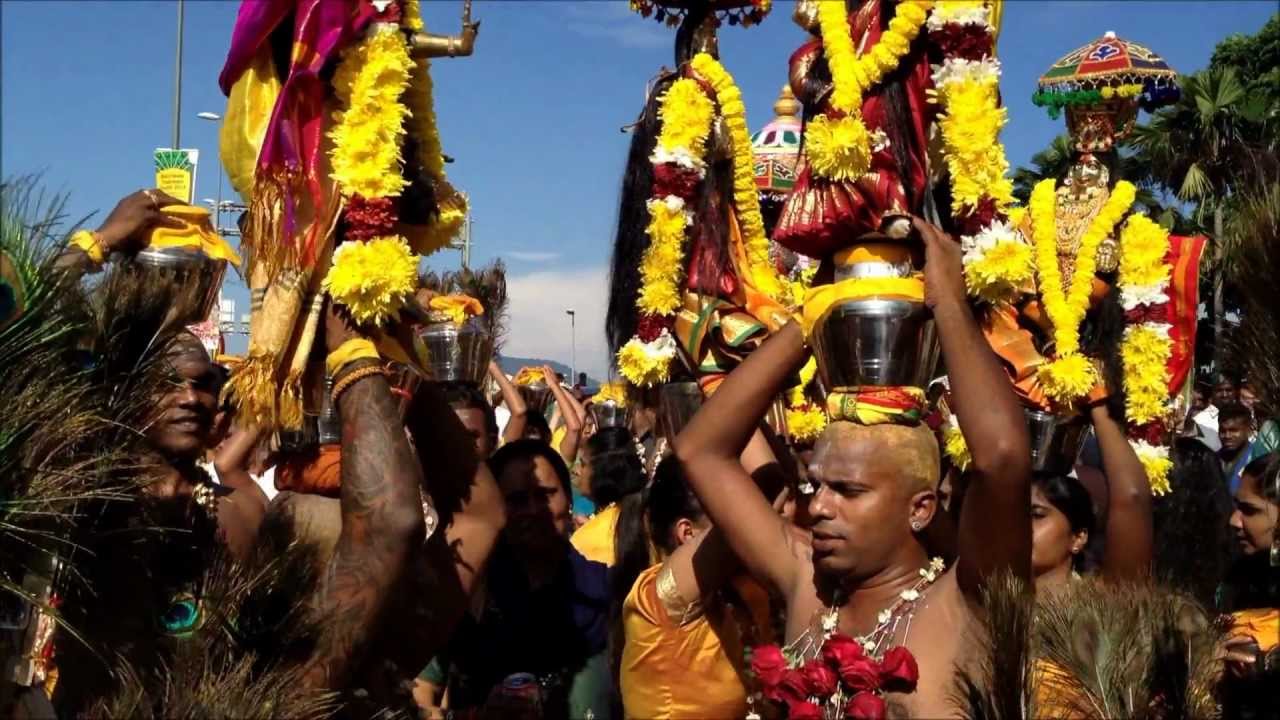Written by Fajar binti Benjamin
New Year just passed and that means Chinese New Year is around the corner. A huge celebration in Malaysia, with malls playing the familiar tunes that signal a good 2-day public holiday is coming up. Everywhere you go, clothing outlets are selling exclusively red clothes and everywhere you look, you are assaulted by the red and gold. Of course, since it’s the year of the pig, cute cartoon animals have been put on a bit of a hold, but apart from that it’s business as usual.

Here in Malaysia, we love our cultural celebrations. Diversity in our numerous cultures is something we celebrate proudly – Chinese New Year, Hari Raya, Deepavali and even Christmas. However, there is one celebration that tends to be overlooked each year, even though the traditions are carried out on as large a scale as any other celebration: Thaipusam.
Thaipusam is celebrated by Tamil people who make up a good 7% of the Malaysian population. It’s easy to lump everyone who originated from India as “Indians” but as a country with a population of over 1.3 billion, the differences in culture spread through the lands are as prominent as night and day. However, in Malaysia, the vast majority of Indians are in fact Tamil, so either term works.
Thaipusam is primarily celebrated by Tamil people of the Hindu faith. The exact date of Thaipusam follows the full moon in the month of Thai (did you know Tamils have their own calendar?) which usually falls in January or February. To give you a very general description of the legend behind the celebration, (anything specific would require an entire history lesson), the Goddess of Love, Parvati, gave the God of War, Murugan, a spear so he could defeat the demon Surapadman. Murugan succeeded in defeating him, and the celebration was named after the month in which it happened (Thai) and the name of the star that is at its highest point during the festival (Pusam) (source).
The impressive and iconic gold statue that stands proudly by the 272 steps of Batu Caves is actually a statue of Lord Murugan himself. The consecrated statue known as a murti has been there since 1890, and Thaipusam has been celebrated at Batu Caves since 1892. It is amazing to think of all the generations who have continued the traditions of Thaipusam, never allowing them to fade out and keeping that connection with their spirituality.

In modern day Malaysia, a procession usually starts from the Petaling Street area, where devotees carry pal kodum (milk pots) and kavadi (offerings to their Gods) – which may weigh up to hundreds of kilos – above their heads. The procession starts at midnight and they walk a good 15 kilometers for 8 hours to arrive at Batu Caves the next morning. The culmination of this walk happens as they climb the 272 steps to reach Lord Murugan’s temple where they will pray and thank their Gods at the different altars.
Devotees will all sport the colour yellow, whether in full getup or just a prominent accessory. In Hinduism, the colour yellow represents learning and knowledge. Yellow is also the colour of the sun which gives warmth and happiness. Thus, many deities are depicted as wearing clothes of that colour.

There is an aspect to the celebration that encourages sacrifice to pay penance for Lord Murugan. Some devotees will have their head shaved or allow themselves to be pierced by hooks and the like. Many devotees will also practice a restricted or vegetarian diet for 30 to 45 days before the celebration, often fasting and cleansing their bodies. It is important for us to be sensitive to these traditions because just as we respect Muslims fasting in Ramadhan or buildings not utilising the number 4 (as per Chinese superstitions) we should also show the same tolerance and sensitivity to Hindus who are carrying out their period of abstinence.
To conclude, Thaipusam is a celebration rich with meaning and tradition. It is also one that even a non-Indian person may consider joining in on. I myself have done the walk with the family of a friend, and thousands of tourists come to Malaysia just to experience it as well. It will undoubtedly birth within you a deep respect for the complete devotion Hindus hold for their religion and give you a little perspective in life. Even if you don’t wish to join, hopefully you’ll now have more insight to the reason why Monday is a public holiday and how well-deserved it is.



